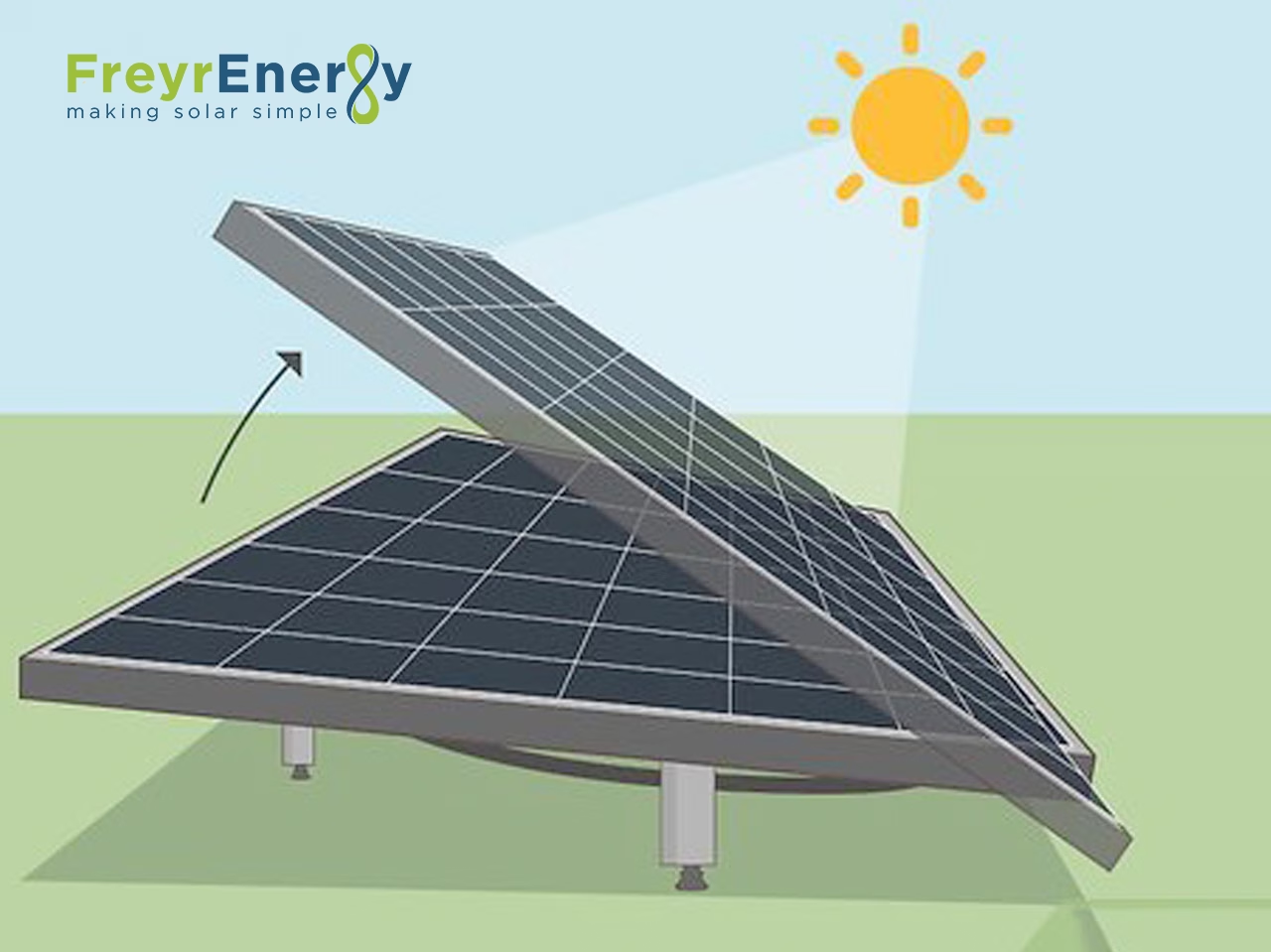Have you heard about the ROI of solar panel systems? It’s the magic that transforms sunlight into savings! However, you must also understand its financial implications. It helps you know whether you benefit from it or not.
Why is understanding the return on investment of solar panel important? It helps you make informed decisions. You can take corrective actions if solar energy production is not optimum. A solar ROI calculator enables you to save more on your electricity bills.
Interested? Let’s look into the details to understand more.

Understanding ROI in Solar Energy
Solar energy ROI is simply the financial benefits you gain from your solar energy investment. It computes the amount of money you save on electricity bills against the initial cost of solar panel installation.
ROI of solar panels is a unit to measure the financial performance of your solar panel system. It displays how soon you can recover your solar investment with a significant reduction in electricity bills.
Understanding the return on investment on solar panels reveals whether solar energy investment is financially beneficial or not.
Solar power ROI calculator includes total savings on electricity bills over the solar system’s entire lifespan, against the initial investment. The initial investment demands a high investment. However, the long-term electricity savings prove its worth. These savings exceed the initial cost over the years, leading to a positive ROI.
Key Components Influencing Solar Panel ROI
Let’s look at a few components that directly impact the ROI of solar panels.
1. Upfront costs
These upfront costs cumulatively inflate to a higher amount, much beyond the reach of an average buyer. However, compared to long-term savings, solar system investment is a smart investment.
2. Ongoing Savings
After installation, solar panels lead to significant savings on electricity bills. You can produce more electricity if your installation is in a region with abundant sunlight. The local electricity rates per unit also impact the solar panel return on investment.
Over the years, your savings on electricity bills add up. One day, they reach a break-even point of the investment amount. At this time, you can say that you have achieved the solar payback period.
3. Tax Incentives
Commercial units cannot apply for solar subsidies. However, the government offers them tax incentives. It provides a significant financial benefit to businesses.
Businesses can benefit through:
- Accelerated depreciation: The government allows them to depreciate 40% of the asset’s value in the first year.
- GST Benefits: Most solar power systems and their components attract 12% GST. It makes them more affordable for businesses looking to switch to solar energy.
Other incentives include: Customs and Excise Duty Exemptions, Performance-based Incentives, and Renewable Energy Certificates.
Factors Affecting the Payback Period
Let’s look at a few factors that affect the solar payback period.
1. Electricity Rates
Your local electricity rates play a vital role in impacting the payback period. Higher rates equals greater savings on your energy bills. It speeds up the payback period. Lower electricity rates slow down your payback period.
2. Location
Regionality is another factor that plays a vital role in influencing the ROI of solar panels. Areas receiving more sunlight will produce more energy, resulting in fast payback.
3. Panel Efficiency
An efficient solar panel performance leads to higher electricity output and a sooner payback period.
4. System Size
Installing oversized and undersized systems will dent your solar payback period. That’s why consulting an experienced dealer and identifying a suitable-sized solar system makes sense.
In addition to the above, state incentives and rebates can shorten your payback period.
Long-Term Financial Benefits of Solar Panel Investments
A few benefits that can be enhanced after years are as follows:
1. Property Appreciation
Properties with solar installations fetch more value than those without solar systems. Why? The buyer knows he will save on electricity bills and can enjoy continuous electricity, regardless of power shortage or breakage.
2. Environmental Impact
Solar users knowingly or unknowingly help sustainability. Solar energy doesn’t require burning fossil fuels, keeping the air clean. It also helps reduce pollution. Less pollution helps maintain health, which can reduce medical expenses.
Solar Power Return on Investment Calculator
Refer to the following formula for calculating the ROI of Solar panels using the Solar return on investment calculator.
ROI = Total costNet Benefit×100
Net Benefit = Total savings on electricity bills or Income generated through net metering over the solar system lifespan minus the total cost of solar system installation.
Conclusion
ROI of Solar Panels is important to understand the financial returns on your solar investment. It gives you a real value of how much you earned against your investment.
Solar systems with quality materials and accurate installation tend to give you good returns on your investment.
Consult an experienced company like Freyr Energy, to get the best ROI of solar panels on your solar installation.
Frequently Asked Questions
The average ROI of solar panels is 20% to 30%
Calculating the ROI of solar panels is easy and as follows:
Add total system cost + maintenance and repair charges.
Subtracting subsidy amounts, tax incentives, and rebates gives you total benefits.
Now take the yearly electricity bill amount you saved. Add to this the income earned via net metering.
Subtract ‘Total cost’ from ‘Total benefit’ to get ‘net benefit’.
Now apply the formula
ROI = Total costNet Benefit×100 to get the actual ROI.
Factors that affect the ROI of solar panels are panel efficiency, amount of sunlight, government subsidy amount, electricity rates, and tax incentives.
The average solar payback period in India is 6 to 10 years.
Solar panels last for about 25 years. Most manufacturers provide a warranty of 10 to 25 years, depending on the material quality.
Net metering helps earn income through solar energy. Thus, it helps to shorten the payback period, determining a good ROI.



